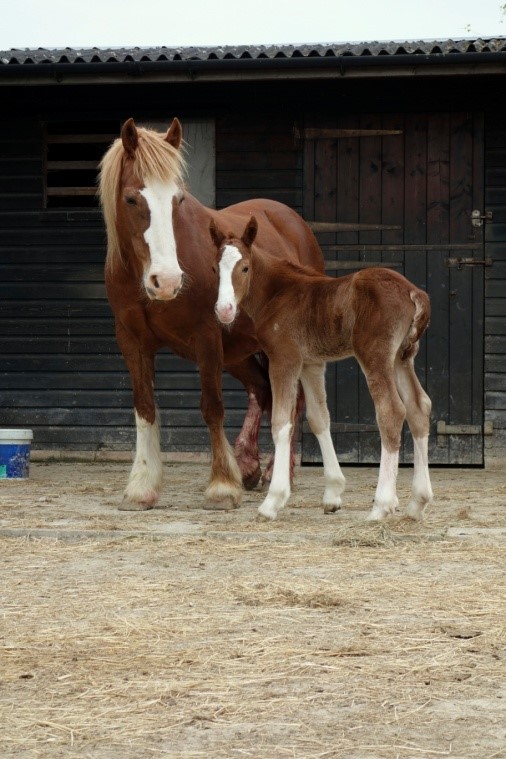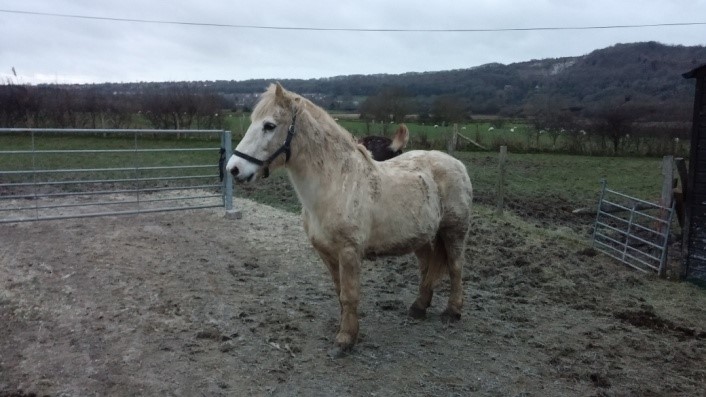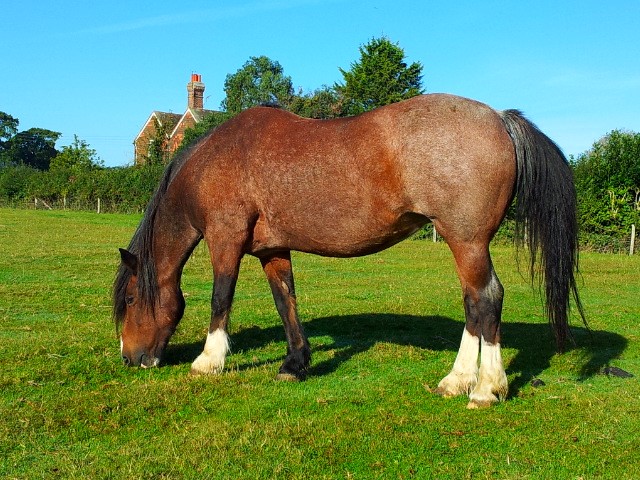There are five farm animals that have been highly domesticated from the wild; horses, pigs, sheep, goats and cows. All these animals could be domesticated because they have a clear social pattern of behaviour. This can be transferred to humans, with the result that an animal may learn to follow the person rather than the lead animal.

HORSES
Horses are flight animals, fear is their dominant emotion.
Horses depend a lot on vision and sound, they can be easily startled by sudden, unfamiliar movement or sound. They can learn to accept unusual sounds and movements.
Horses have survived by flight rather than by attacking. A new born foal can get up and run within a few hours of birth.

Foals will learn from their mother or an older horse, and so when you brush the mother, the foal will see that she is ok to be brushed.
Foals need to be habituated to new situations and sensations. They should be introduced to new things slowly. These include grooming, picking feet up, putting head collar on, bridle, saddle, fly spray, rugs, being tied up, being led, traffic, cycles, balloons, flags etc.
Work with the foals ‘seeking’ nature, let the foal smell and look at things, let him follow if appropriate. Foals should be introduced to new things in short bursts of time. If he shows agitation, stop and give him a thirty minute break.
When something new is introduced to the foal, and he responds adversely, identify if the foal is fearful from the sight, sound or smell.

Horses may startle when they see a familiar object from a different angle to which they are usually accustomed.
A horse can show fear by switching the tail; holding his head high; sweating when there is no physical exertion; quivering; showing whites of the eye;
If the horse behaves in a difficult way, identify if it is fear or pain that is causing the problem.
Owena Lewis, farmer and therapist, Baulcombes Barn





